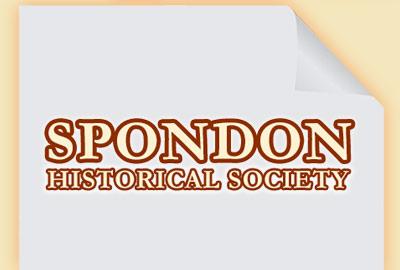
The Order of St Lazarus was founded at Jerusalem about 1130, and a hospice was set up outside the city gates. Its purpose was to look after lepers; not all lepers: just the Knights who had caught the disease during the Crusades. The question “Who was St Lazarus?” is ore difficult to answer because he is an amalgam of two men, one the beggar, and the other the brother of Mary and Martha, returned from the dead. The two have become as one over the years.
When the Knights returned home, preceptories and hospitals were set up all over Europe, and vast amounts of money and land were donated. The European Master of the Order was at Boigny in France.
The Lord of the Manor of Spondon, Henry de Ferrars, gave land at Locko to the Order, whose main centre in England was at Burton in Leicestershire, which became known as Burton Lazards. The Lazarites built a preceptor at Locko. This gift was followed up by the gift of the town of Spondon and the advowson of the Church at Spondon to the Burton Lazars. It is also interesting to note that it was called Locko at the time of the original gift; so much for the frequently expressed opinion that it got its name from the French loques meaning rags.
The Lazarites owned the mill at Borrowash, but in 1283 the Abbot of Dale attacked it with a large number of armed men. They burned the mill and assaulted the Preceptor, Robert de Dalby. The two religious establishments did not exist harmoniously. Each was anxious to maintain or increase its land holding in the area. Litigation between the two was frequent.
The preceptor at Locko was not large; it was built to the north of where Locko Hall now stands, and the site is still visible. At no time would it have held more than 15 people, lepers and able bodied. The number of actual lepers probably fluctuated around half a dozen. In 1500 when there wa an outbreak of Plague, there were 12 inhabitants.
During the Wars with France it was illegal to send dues to France. In 1339 and 1347 the money, £20 per annum, was diverted to Kings Hall in Cambridge.
The disease slowly died out, but the Lazars went from strength to strength. When Spondon burnt down in 1340, they rebuilt the church, structurally very much as it appears today, but far more elaborately decorated. By this time there were no lepers at Locko, but they sold pensions known as corrodies. The recipient could live out his life in a quite comfortable environment, with food, shelter and warmth provided. The poor or travellers were always fed at these religious establishments. All of this would come to the end at the Reformation. Both Locko and Dale were dissolved aand their property handed out to the King’s supporters. This took away a safety net for the poor, which was eventually replaced in part by the Elizabethan Poor Laws.
Syd Lusted
March 2012
